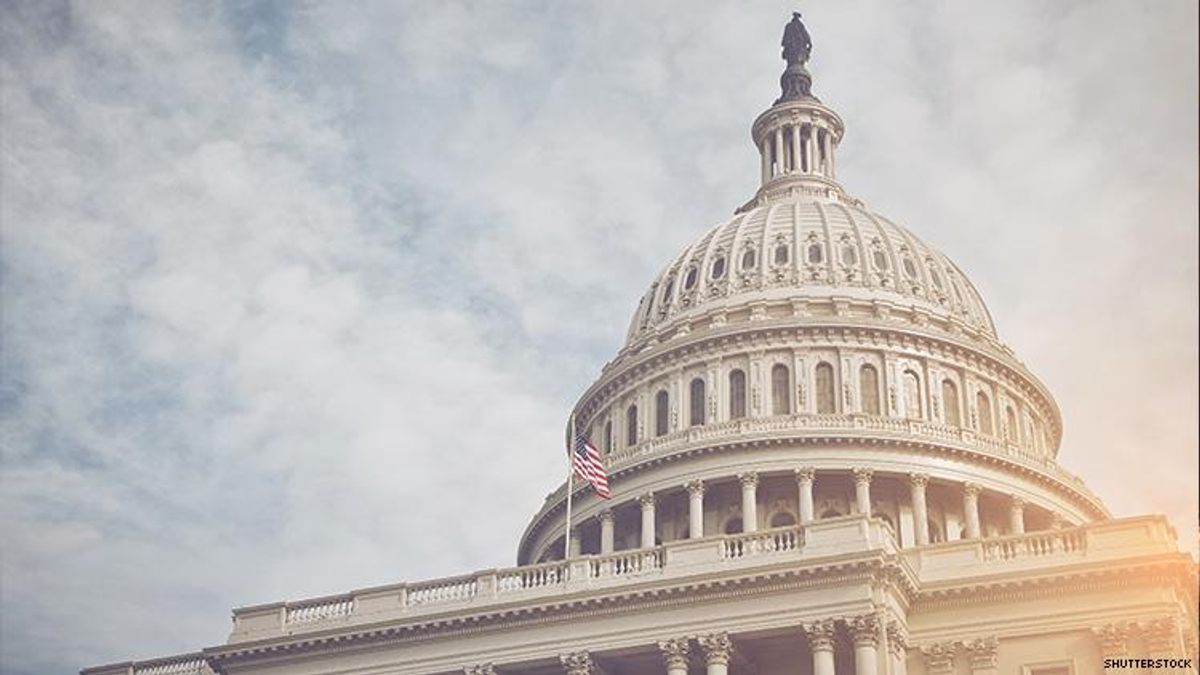Stigma
Congress Agrees to Fund an Additional $300 Million to End HIV

Legislators also rejected Trump's proposed budget cuts, which would have stripped billions of dollars from HIV efforts.
December 18 2019 11:30 AM EST
December 18 2019 11:30 AM EST
By continuing to use our site, you agree to our Private Policy and Terms of Use.

Legislators also rejected Trump's proposed budget cuts, which would have stripped billions of dollars from HIV efforts.
Amid the ongoing impeachment hearings against Donald Trump, congress unveiled a spending package this week that mostly meets the $300 million request laid out in the government’s plan to end HIV by 2030.
The plan, as announced by Trump during his State of the Union, aims to reduce new HIV diagnoses by 75 percent within five years, and 90 percent within 10 years. The plan specifically targets 48 counties in the United States, D.C., and San Juan, Puerto Rico, as well as seven states with at-risk populations in mostly rural areas.
The bipartisan agreement was announced Monday, and it provides the Centers for Disease Control and Prevention with an additional $140 million to implement the plan, according to the Washington Blade. It also gives $70 million for the Ryan White Health Care Act and $50 million for the Health Resources and Services Administration.
The Trump administration had also requested an additional $25 million as part of the HIV plan for Indian Health Services, but that specific request wasn’t part of the spending package.
“It provides the necessary foundational funding to begin the work of the Ending the HIV Epidemic initiative as laid out by the administration,” Carl Schmid, deputy director fo the AIDS Institute and co-chair of the Presidential Advisory Council on HIV/AIDS, said to the Blade. “But, in order for it to be successful, HIV prevention and treatment efforts will have to be scaled up dramatically, which will require both the administration and the Congress to support even greater funding increases in the future.”
While this is indeed good news and a fantastic start for the new year, experts say that more funds will undoubtedly be needed in the future.
“As a first year installment, it represents a significant increase for these programs and should help to jump start the effort,” explained Jennifer Kates, director of global health and HIV Policy at the Kaiser Family Foundation. “But it will be important to see what future funding requests are made, to fully reach targets.”
It should be noted, however, that while the administration’s plan seems to be in swing, Trump has made numerous proposed cuts that would effect research and the global fight against HIV. Congress rejected these proposals.
One of them included a $424 million cut in HIV research at the National Institutes for Health. Lawmakers instead voted to increase funds for the National Institute for Health, and added $25 million specifically for HIV research. This marks the fifth year in a row of multibillion-dollar increases for the agency, which is now at a record $41.7 billion budget.
Trump also proposed a $1 billion cut in PEPFAR funding at the State Department, which congress also rejected. The new budget also includes $1.56 billion for the Global Fund, the first installment of a three-year pledge by the U.S.
“As the details of spending plan come into focus, lawmakers should be commended for their commitment to investments in scientific research that ultimately will lead to breakthroughs that will improve the quality of life and well-being of not only Americans but also of populations around the globe,” said Benjamin Corb, a spokesperson for the American Society for Biochemistry and Molecular Biology.